Probing the spring woods with soft yelps, my calls were abruptly cut off by an eager gobbler. He wasn’t far, maybe 200 yards. My wife, Heather, and I scrambled to position decoys and hide behind two nearby fir trees. As soon as we were settled, I called again and he gobbled twice. Fired up, the old tom was closing in fast, and we soon spotted him making his way toward us.
To seal the deal, I picked up the cadence with a short sequence of excited yelps and clucks. As soon as the big gobbler noticed the decoys, he raced in, circled them and beelined for the jake. When he turned with his fan blocking his visibility, Heather drew back, waited until he was broadside, and released. The big bird collapsed, flapped his wings a few times, then lay motionless.
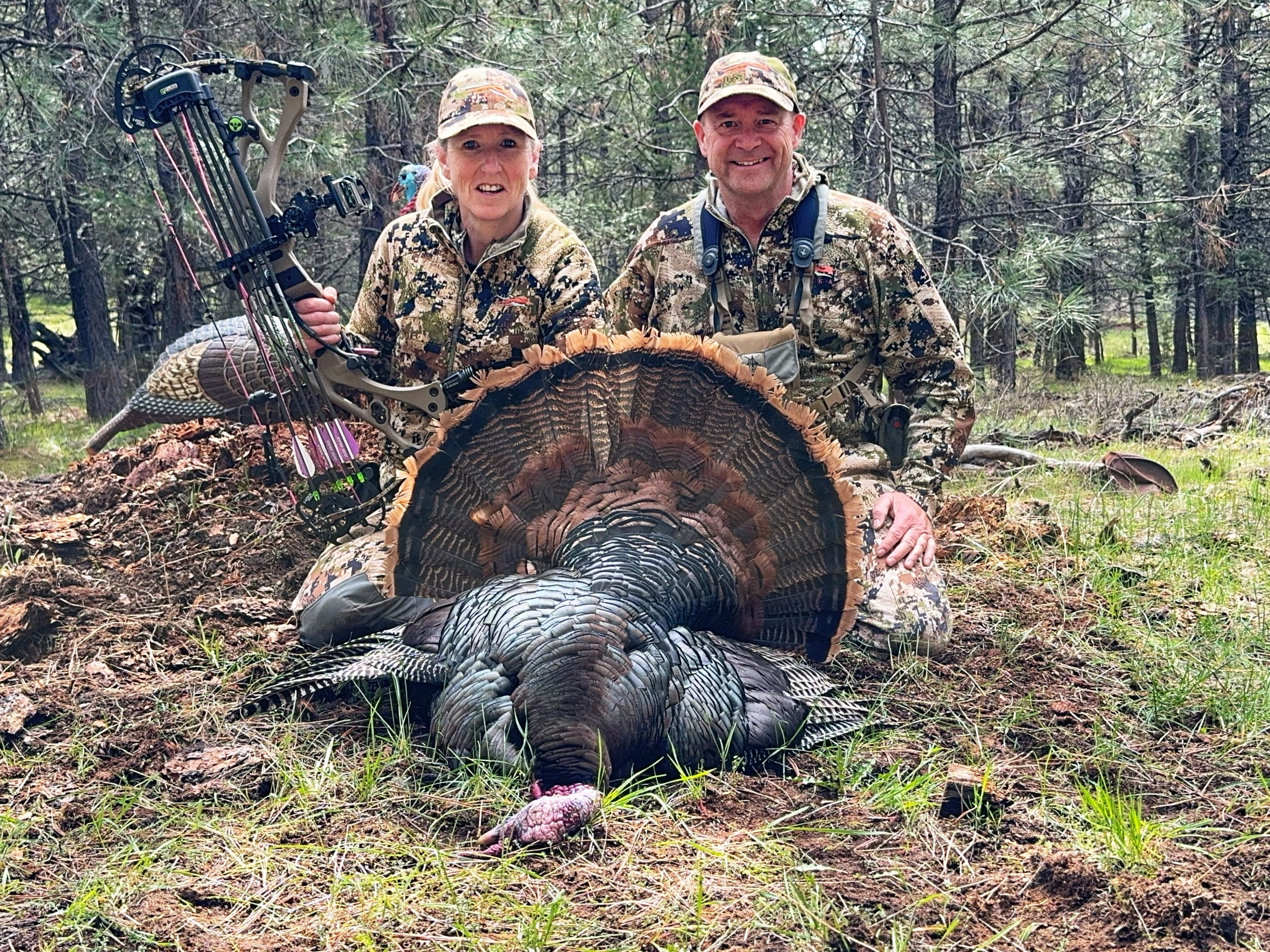
Indeed, circumstance influences the success of any hunt, but when it comes to turkeys, where and how you set up your decoys, then how you coax them in with your calls, can make all the difference in the world.
CHOOSE & USE QUALITY DECOYS
Your first, and arguably most important step in gearing up, is to get an inventory of good decoys. I’ve used lots of different decoys over the years and I’ve seen hunters using just about anything and everything imaginable. Trust me when I say, it pays to get the best ones you can afford. Yes, you can spend a lot or you can spend a little, but you get what you pay for. The key lies in how lifelike your decoys look and how many you choose to use.
I’ve used cost-effective, yet realistic-looking decoys made by HS Strut, and they’ve fooled many jakes and toms over the years. If you’re looking for more detail in the finish and an even more lifelike appearance, seriously consider a combination of the collapsible Avian-X turkey decoys. I’ve become a big fan of using four birds in most of my set-ups, including one jake, either the Avian-X half-strut LCD or the Avian-X Strutter LCD, one feeder like the Avian-X Feeder LCD hen, and either a breeder like the Avian-X Breeder LCD hen or even the Avian-X Laydown LCD hen.
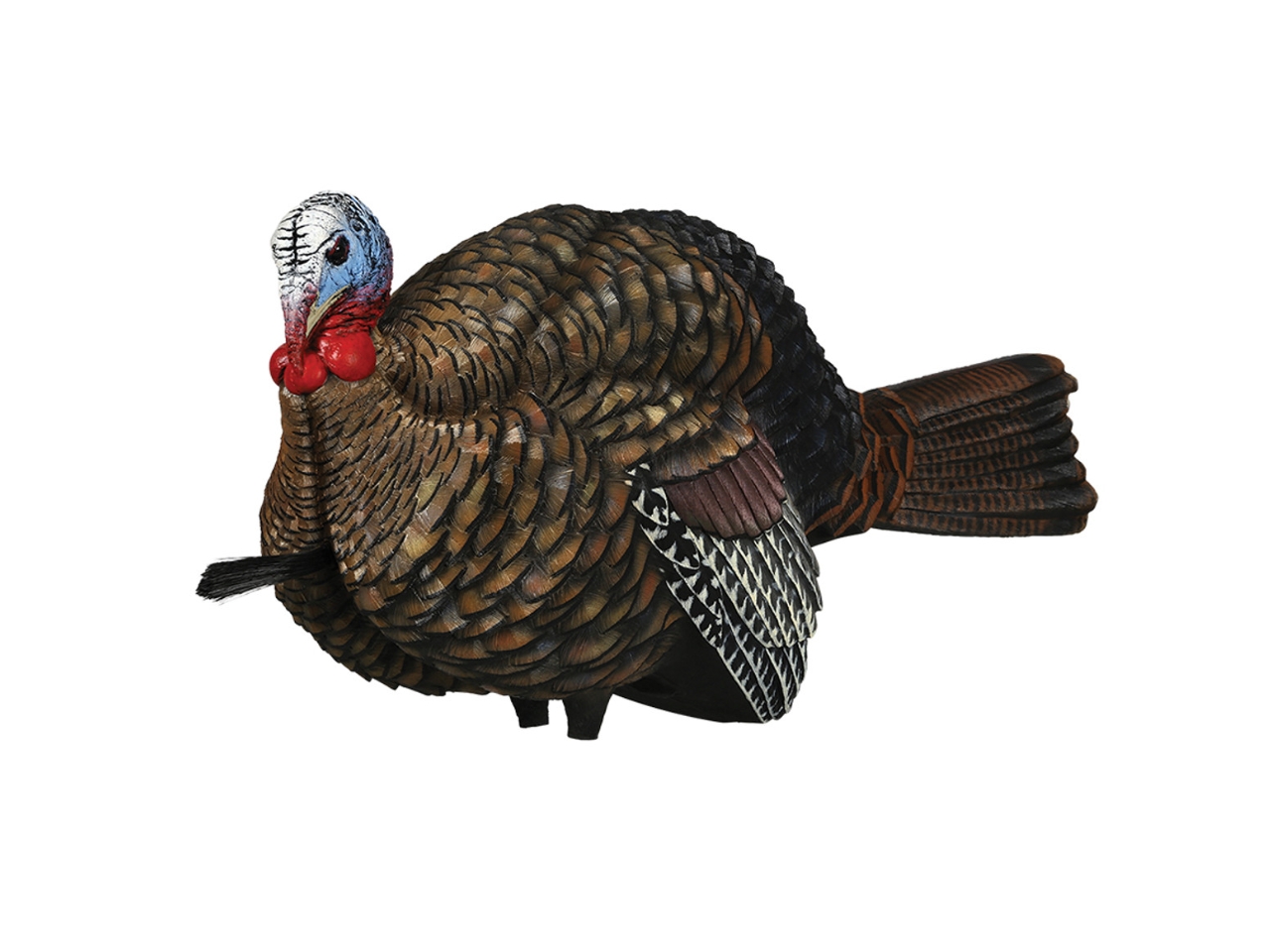
DECOY SET-UP
Whenever possible, when you look for a place to set up your decoys, think about visibility, shot opportunity, distance and concealment. As a rule, I place my decoys for a 15-20 yard shot. Again, you want your decoys to look like a natural flock. Position the birds to look as realistic as possible. Don’t bunch them up tight, but make them appear like a relaxed group of turkeys foraging and even breeding.
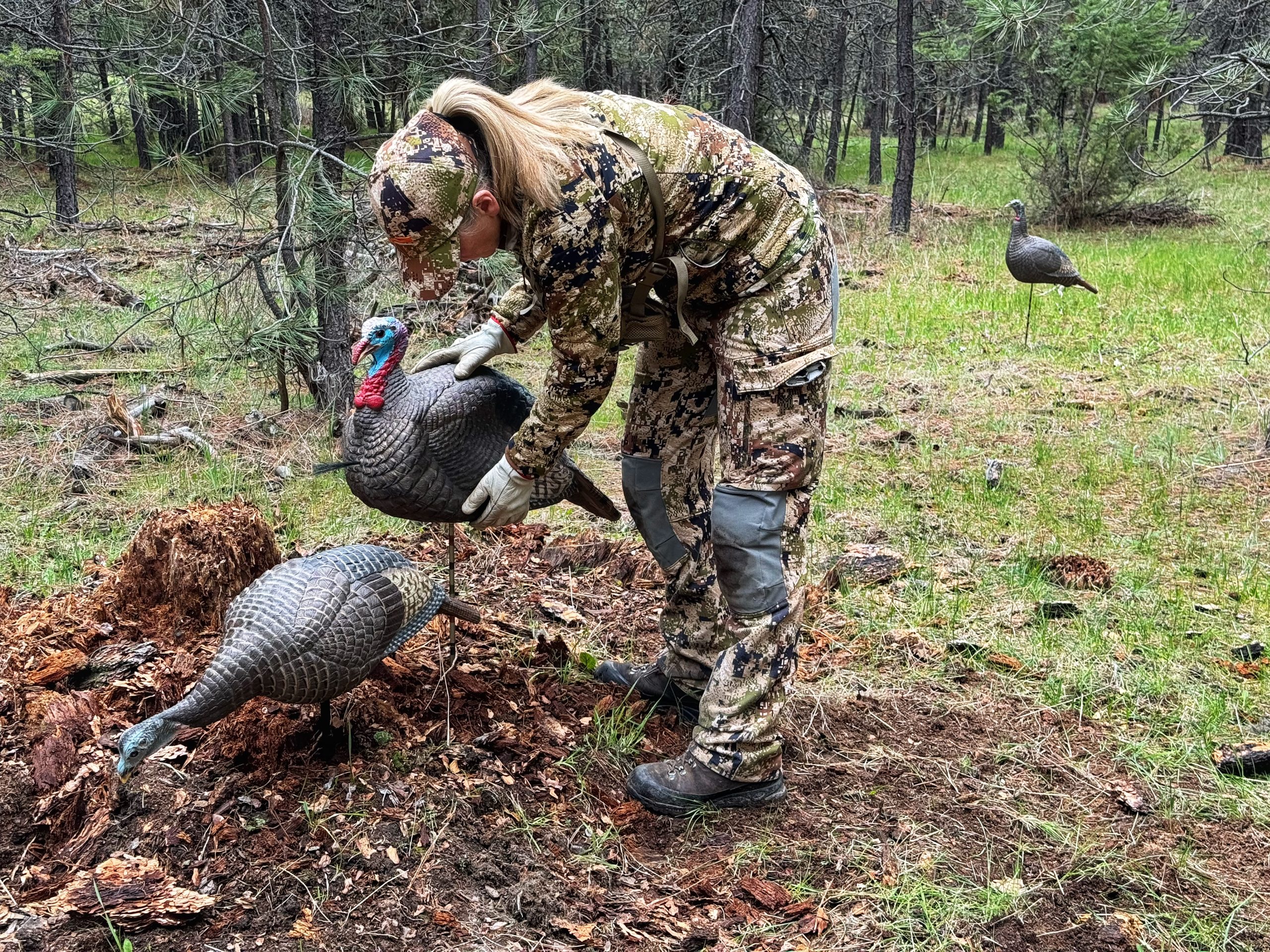
For example, in the aforementioned scenario, as soon as we heard the tom cut-off our probing hen call, we noticed a small 20-yard wide clearing with an old decaying stump in the middle of it. It looked like turkeys had even been pecking away at it foraging for bugs. Even better, it offered a slightly elevated spot for the decoys making them more visible to an incoming bird. Taking advantage of this, we placed two feeder hens about 5 yards off to either side, and a half-strut jake tight to, and just behind, a breeder hen decoy. This was designed to tell an incoming bird that the jake was tending that hen … and it worked like a charm!
CONCEALMENT
Especially as a bowhunter, concealment is a big deal. If you’re using a blind that’s one thing, but if you’re just moving through the woods, calling, and using natural cover, you want to identify anything that you can hide behind or blend in with. We’ve had great success just hiding behind big fir or other coniferous trees and then carefully choosing when to draw and shoot. More on this in a bit.
CALLS & CALLING
Regardless of the type of call you like to use, emulating turkey sounds is a critical part of the turkey hunting equation. I like to use a combination of box call, slate and diaphragm calls. Each provides a different tone and you can often vary the volume more or less depending on which call you employ. Learning how to make a basic series of four-to-seven yelps is a good start, but understand that calling turkeys is a lot like calling elk. You can use subtle sounds like purrs and single or double-clucks, to instill confidence or entice, and you can use a crescendo of excited yelps to express urgency and arousal. In the end, if one sound doesn’t work, try something else. Hit the right pitch and cadence, and you will eventually bring a gobbler in to bow range.
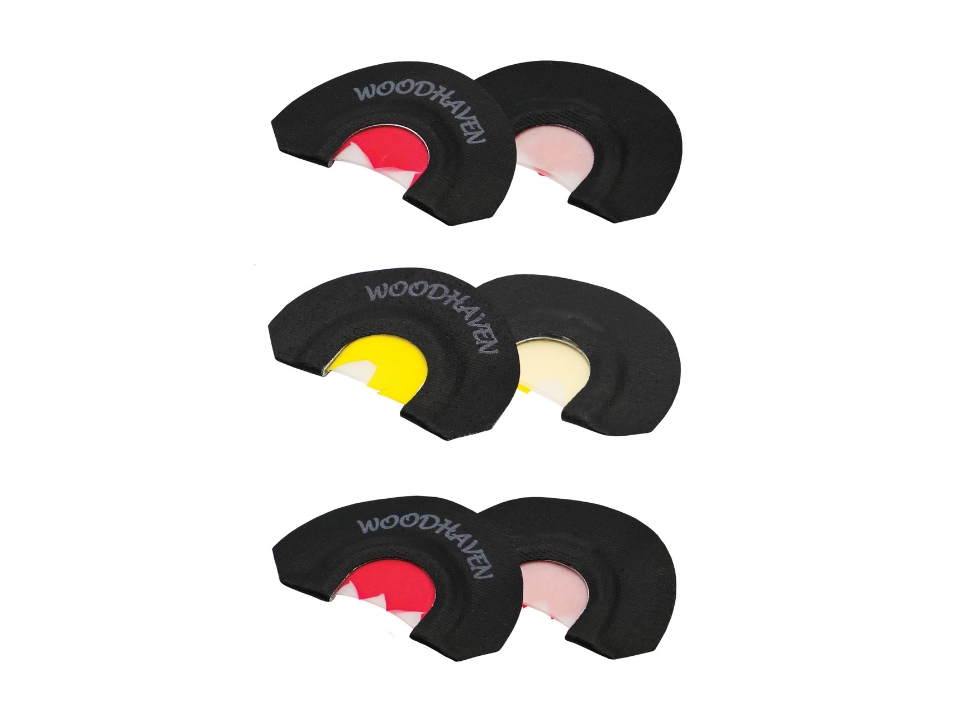
DRAWING & SHOOTING
A blind helps hide your movement somewhat when you go to full draw, but if you’re out in the open, relying only on natural cover, it’s a whole different game. Remember that turkeys are usually schizophrenic. The first sign of danger can send them running, or even flying, away in a hurry!
Bide your time. At very least wait until the gobbler’s head is behind a tree, a decoy, or something else. The best case scenario, and it happens a lot, is if he’s strutting. His fan is big and should be used to your advantage. Typically, a tom will fan and walk in fits and spurts, often turning this direction and that direction as he displays. As soon as turns in a way that covers his vision, draw and wait for the ideal shot opportunity – it’s really that simple.
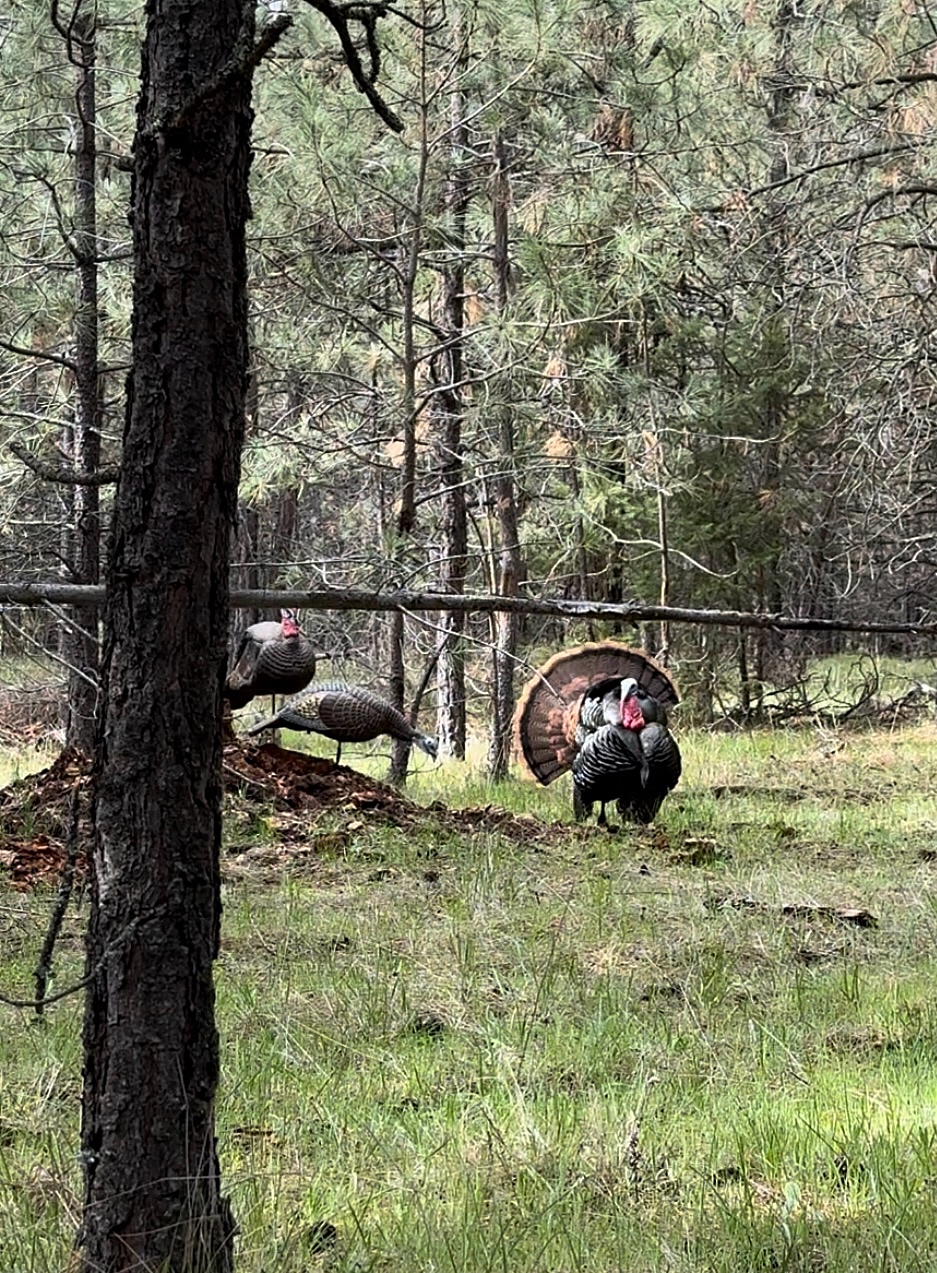
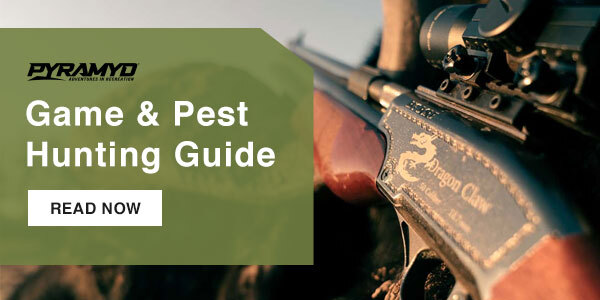
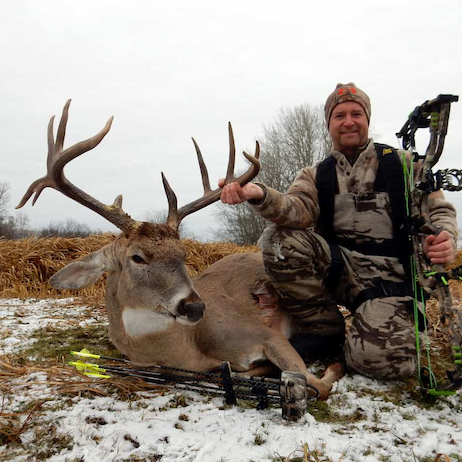
1 thought on “Decoys & Calling Turkeys into Bow Range”